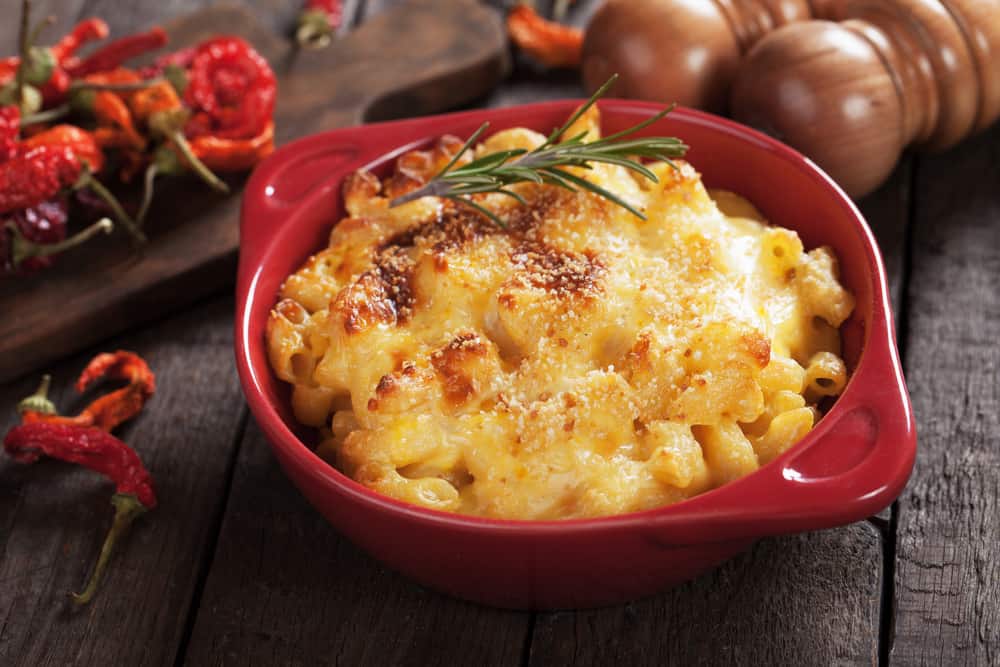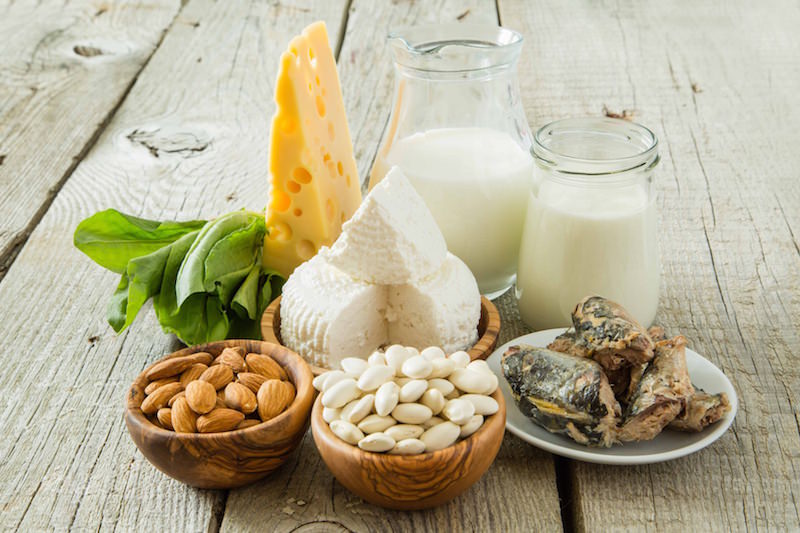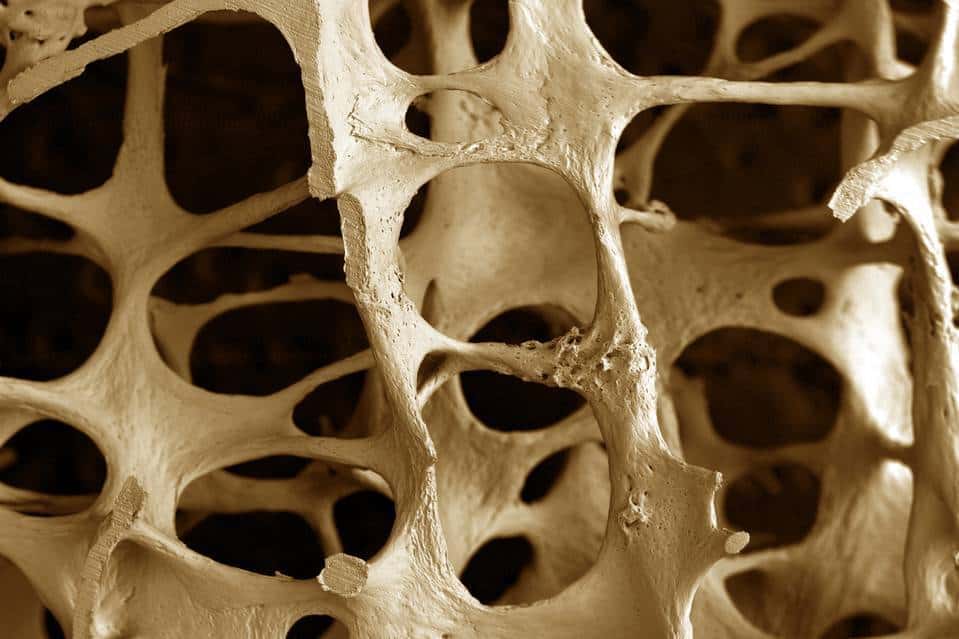Contents:
- Medical Video: Best Carbs to Drop a Dress Size
- First know the types of carbohydrates
- Noodles or rice, which one is healthier?
- Noodles and rice are both processed products refined grain
- The glycemic index of noodles and rice is high
- So, is it better to eat rice or noodles?
Medical Video: Best Carbs to Drop a Dress Size
Both are sources of carbohydrates, noodles and rice are sometimes often consumed together. You also often replace the consumption of white rice with instant noodles, assuming that the calories will not be as much if you eat rice complete with side dishes. But what are the advantages and disadvantages of noodles and rice as a source of carbohydrates? Which is healthier as daily food, noodles or rice?
First know the types of carbohydrates
Before discussing more about better choices between noodles or rice, it's good to know in advance what carbohydrates are, including the types. Carbohydrates are one type of nutrient needed by the body. Acting as the main energy source, carbohydrates are also known as staple foods. In the body, carbohydrates will be converted into glucose which then acts as fuel for body cells. In carbohydrate consumption, according to Harvard T.H. Chan School of Public Health, the type or quality of carbohydrates you consume is more important than counting the number of carbohydrates you eat.
Broadly speaking, there are two types of carbohydrates, namely simple carbohydrates and complex carbohydrates. Simple carbohydrates, for example bread, pastry, and cake. Examples of this type of simple carbohydrate are usually also known as refined grain. This means that the type of food comes from grains that have been processed first. The processing of the grain aims to increase the product's shelf life but results in a variety of important nutrients such as vitamins and minerals contained in the seeds also missing. This type of carbohydrate plays a major role in increasing your weight and has the potential to cause a rapid increase in blood sugar levels so that over time it can trigger insulin resistance and lead to diabetes mellitus.
Meanwhile, complex carbohydrates are a healthier type of carbohydrate. Complex carbohydrates usually do not undergo processing, or only a little through processing. Examples include bread made from whole wheat, quinoa, brown rice, black rice, whole grains, vegetables and fruit. This type of carbohydrate is rich in vitamins, minerals, fiber, and phytonutrients. Types of foods that contain complex carbohydrates can be obtained from whole grain. The opposite of refined grain, whole grain are whole grains to the skin so that usually the vitamin and mineral levels are still complete. You are advised to consume more types of complex carbohydrates than simple carbohydrates.
Noodles or rice, which one is healthier?
Basically, both noodles or rice are both sources of carbohydrates. For comparison, 100 grams of white rice contains calories of 175 kcal. For the same calories, it takes 50 grams of noodles (type of uncooked dry noodles). So in the same amount, for example, 100 grams, noodles will contribute more calories. But if you ask which is healthier, both white rice and noodles that you usually consume are both more or less the same. Because returning to the previous concept, the type of carbohydrate you consume is more important than how many carbohydrates you eat.
Noodles and rice are both processed products refined grain
The noodles we usually eat are processed from wheat flour. If it's not called that the noodles are made from flourwhole grain, then the noodle is included in the type of processed product refined grain. While white rice is already included in the type refined grain. So when viewed from the type, both noodles and rice are both classified in processed grain products. Consuming too much processed grain products can increase your risk of developing metabolic syndrome. Refined grain can also trigger inflammation in the body and can lead to degenerative diseases such as heart disease, stroke, and diabetes.
The glycemic index of noodles and rice is high
The glycemic index is a measure used to describe how a food can affect an increase in blood sugar levels. The higher the glycemic index number, the higher the ability to increase blood sugar levels. The glycemic index is called high if it is above the number 70, medium if it is in the range of 56-69, and low if it is below 55. White rice has a glycemic index value of 73, while noodle and pasta-like foods are usually in the category of a moderate glycemic index.
So, is it better to eat rice or noodles?
In addition to the innate nature of noodles and rice, how you eat this type of food also affects whether one is healthier or not. If you eat instant noodles in the hope of cutting calories compared to eating rice with side dishes, you may need to reconsider. Calories in one pack of instant noodles can reach 400 kcal. Not to mention the high levels of saturated fat and sodium. If you consume 100 grams of rice with one piece of medium-sized lean meat, the amount of calories may not exceed 300 calories. Coupled with vegetables and fruits that tend to be low in calories, you have got a complete nutritional meal with the same number of calories as one packet of instant noodles.
So if you are faced with the choice of eating noodles or rice, some things that might be your consideration are:
- Types of carbohydrates: noodles made from whole grains or whole grain will be better compared to white rice which includes processed grains or refined grain. However, brown or black rice is of a better quality compared to the instant noodles you normally consume.
- How do you present it: the menu of fried rice can be higher in the amount of carbohydrate when compared to noodles. Conversely, the consumption of instant noodles sometimes contributes more calories than consuming rice complete with enough side dishes.
READ ALSO:
- 4 Sources of Carbohydrates that are Healthier than White Rice
- What Happens If Children Often Eat Instant Noodles
- Which Is More Effective Lower Weight: Reduce Fat or Carbohydrates?











